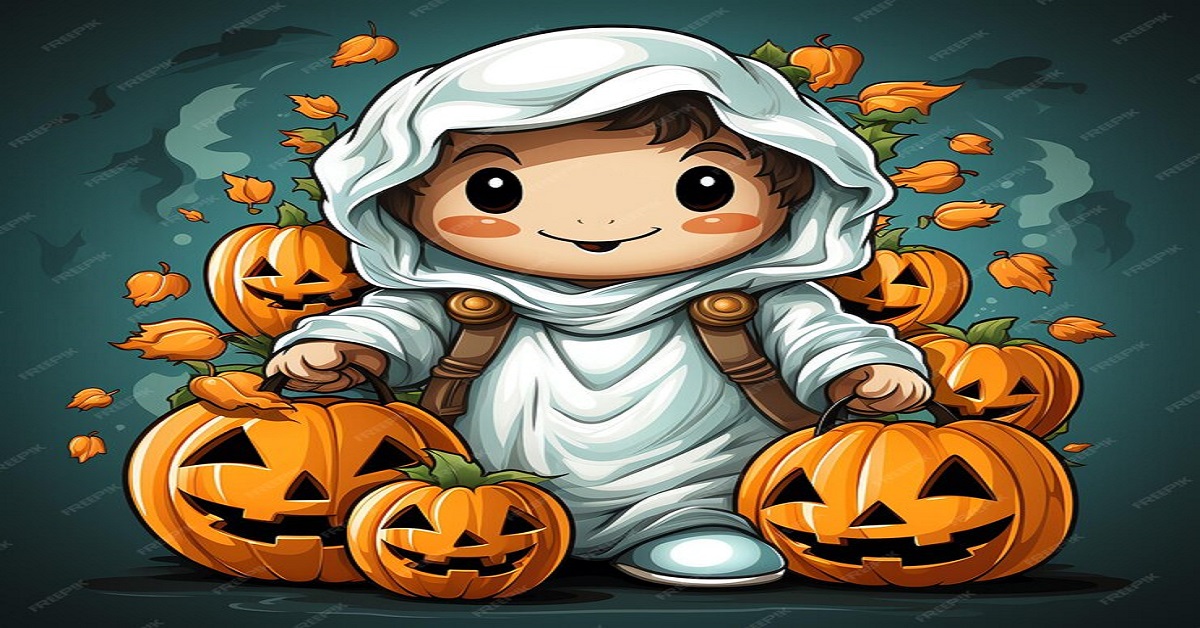Introduction
Halloween is an annual celebration observed on October 31st, primarily in Western countries but increasingly recognized worldwide. It originated from ancient Celtic traditions, particularly the Gaelic festival of Samhain, which marked the end of the harvest season and the beginning of winter.
Over time, Halloween has evolved into a festive occasion characterized by various activities such as trick-or-treating, costume parties, pumpkin carving, and haunted house visits.
Cultural Significance
The cultural significance of Halloween varies across regions and communities. In modern times, it has become a blend of ancient rituals, Christian influences, and popular culture. For many.
Halloween represents a time to confront and mock fears through playful and spooky activities. It also serves as an opportunity for communities to come together and engage in festivities that include both children and adults.
Traditions and Customs
One of the most iconic traditions associated with Halloween is trick-or-treating, where children dress in costumes and visit homes in their neighborhood to collect candy and treats. This tradition stems from the medieval practice of “selling,” where the poor would visit houses to receive food in exchange for prayers for the dead on All Souls’ Day. Another popular custom is costume parties, where participants dress as ghosts, witches, superheroes, or other imaginative characters.
Pumpkin carving is another cherished tradition during Halloween. Originally, people carved turnips and other root vegetables, but the practice evolved with the availability of pumpkins in North America. These carved pumpkins, known as jack-o’-lanterns, are often displayed with a candle inside to create a spooky glow.
Haunted houses and ghost tours also play a significant role in Halloween festivities. These attractions capitalize on themes of fear and suspense, offering visitors a chance to experience simulated frights in a controlled environment. Additionally, storytelling, particularly ghost stories and tales of the supernatural, adds to the eerie atmosphere of Halloween.
Modern Celebrations
In contemporary society, Halloween has expanded beyond its traditional roots. It has become a major commercial holiday with a wide array of themed merchandise, decorations, and entertainment. Many businesses, including restaurants and amusement parks, host Halloween-themed events and promotions to attract customers.
Furthermore, Halloween is increasingly celebrated in schools, workplaces, and community centers through organized events such as costume contests, pumpkin decorating contests, and themed parades. These activities not only entertain participants but also foster a sense of camaraderie and creativity.
Conclusion
In conclusion, Halloween is a festive celebration that combines ancient traditions with modern customs to create an atmosphere of spooky fun and community engagement. Whether through trick-or-treating, costume parties, pumpkin carving, or haunted attractions.
Halloween provides people of all ages with an opportunity to embrace the spirit of imagination, creativity, and playful fear. As this beloved holiday continues to evolve, its cultural significance and global popularity are likely to endure for generations to come.
